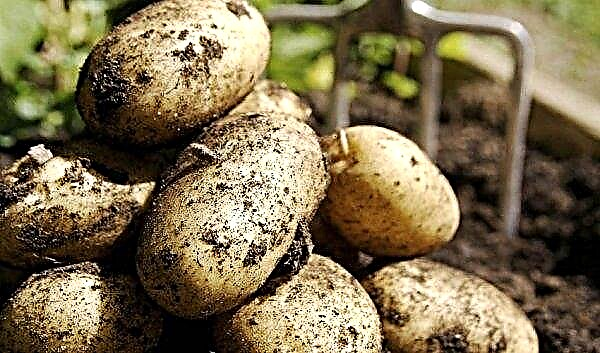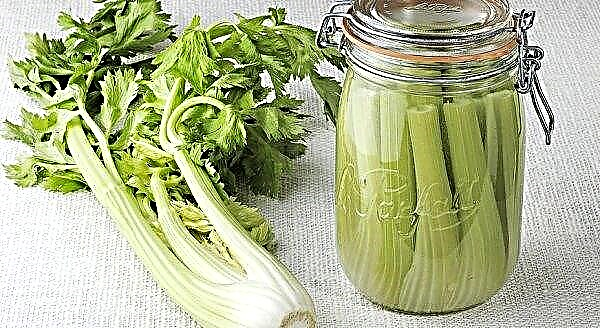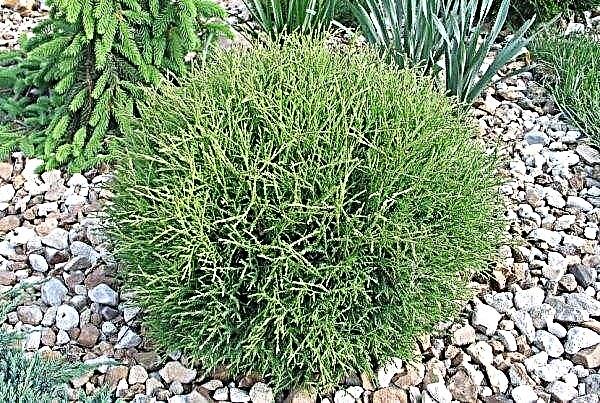Golden scindapsus has gained popularity among gardeners with its unpretentiousness in care and bright green leaves in the shape of a heart, covered with golden patterns. Consider the characteristics of the plant, the conditions for its cultivation, as well as the basic rules of care, transplantation, reproduction and treatment of possible flower diseases.
Botanical description of the plant
The homeland of the golden scindapsus is tropical rainforest in Southeast Asia. It belongs to the Aroid family and is a winding vine covered with lush foliage.
A list of the main characteristics of the golden scindapsus is presented below:
- The underground root system of the flower is small, fibrous. There are numerous aerial roots helping him to curl on vertical surfaces.
- The stalk is thick, durable and curly. Wraps around any support placed nearby.
- The leaves are large, heart-shaped with a glossy surface.. The sheet is about 12 cm long and 8 cm wide.
- Young leaves are green, and then their surface is covered with gold stains.
- Golden scindapsus does not bloom at home and grown as a deciduous plant.
Did you know? The name of the flower is literally translated from Greek as “on trunks”, which corresponds to the conditions of its growth in the wild.
- In the wild, scindapsus inflorescences resemble a corncob wrapped in a long green stipule. The length of the inflorescence is up to 6 cm.
- The flower is odorless.
- Young plants do not grow very fast. Active growth of branches begins only after reaching the age of 1-2 years.
- Height at home growing up to 2 m.
- The flower has a mild rest period, which falls on the period from November to February.
- Scindapsus juice is poisonous and contains toxic proteins.
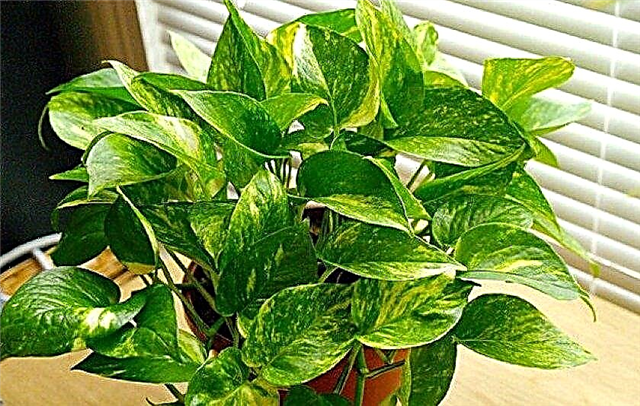
Necessary microclimate
Golden scindapsus does not require specific conditions for normal growth. It takes root perfectly in normal room temperature conditions, but reacts poorly to too dry air. The plant can not be placed in brightly lit places, partial shade is more suitable for it. Consider the main features of the microclimate for the golden scindapsus.
Location and Lighting
The plant can grow in a room where there is very little sunlight, but it is impossible to completely leave the scindapsus without the sun. The softness of foliage and its rich golden color depend on soft diffused lighting. Without sunlight, the leaves of the flower will be small and may even fall.
The main recommendations for the placement of scindapsus are as follows:
- the flower can be placed in a room with windows facing east or west;
- the pot is placed at a certain distance from the window so that the plant is in partial shade;
- scindapsus can only be under diffused sunlight;
- if the room is very dark, then you need to include artificial lighting from ordinary lamps in it.

Temperature and humidity
Scindapsus normally grows at a temperature of + 18 ... + 20 ° C. In summer, it can be at a temperature of + 25 ° C, but at the same time you need to monitor the condition of the earth in the pot and carry out timely watering.
In winter, you can leave the plant in a cooler room, but the air temperature should not fall below + 12 ° C. A sharp temperature difference must not be allowed. A flower needs air with a humidity index of about 60%.
To achieve this indicator, you can use the following techniques:Important! The flower should always be kept away from drafts.
- regular spraying of plant leaves with water not only on hot summer days, but also in winter during the heating season;
- rubbing flower leaves from dust with a damp sponge - helps to preserve their beautiful pattern and shine;
- in summer, the plant can be placed under a warm shower, after which the leaves need to be wet with a sponge;
- if scindapsus is grown in a pot, then between it and the pot you can lay a layer of sphagnum. Moss should be periodically sprayed with water so that it releases moisture into the air near the plant;
- using a container with wet pebbles as a pallet.

Home Care
It is very simple to take care of golden scindapsus, it grows well in ordinary room conditions. But to preserve the decorative appearance of the leaves, you need to follow some rules of watering and fertilizing. In order for scindapsus to become an interior decoration, you need to regularly trim its shoots and form a flower using stands and supports.
Did you know? In the scientific literature, scindapsus has a second name - epipremnum.
Watering
Golden scindapsus can not be too flooded with water - this causes rotting of the roots. The flower needs a moderate amount of water in the soil and regular spraying of the leaves.
The main recommendations for watering the plant are presented below:
- in summer, watering is carried out 1-2 times a week, when the earth in a flowerpot with a flower dries out by one third of the depth of the tank;
- in the summer you need to spray the leaves of the creeper with water in the morning and in the evening - this will make them shiny;
- in winter, scindapsus is watered once every 8-10 days, since at this time the flower is at rest;
- if the room is warm and dry enough, then in winter you can partially replace watering with spraying;
- watering the flower is carried out under the root;
- it is impossible to allow the complete drying out of an earthen coma in a flowerpot with a plant;
- It is recommended to water scindapsus only with settled or melt water at room temperature.
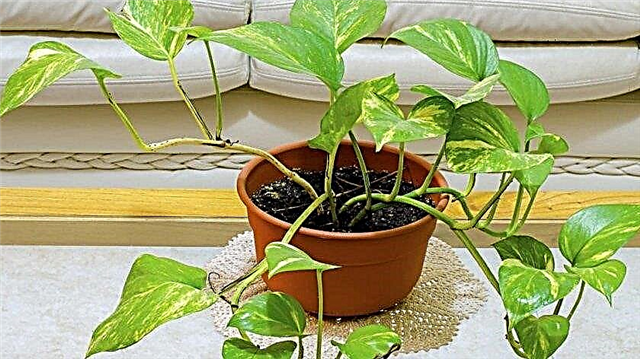
Fertilizer application
To preserve the decorativeness of leaves, scindapsus needs to be fed with fertilizers. It is especially important to provide the flower with beneficial substances during the active growth phase.
The frequency of fertilizer application depends on the season:
- In spring and summer - every 14 days;
- in winter - every 30-50 days (only for adult plants).
As a top dressing, you can use standard mineral fertilizers for indoor flowers. They must contain the full range of nutrients. You need to apply top dressing in a dosage half as small as indicated on the package.Important! Scindapsus need to be fed in the winter only if it is large. For young plants in winter, fertilizers are not required.
Pruning
Scindapsus is fast growing, but the lower part of its stem is gradually exposed from the leaves. This spoils the decorative look of the plant, so flower growth is regulated by pruning.
The rules for trimming scindapsus are as follows:
- stalks need to be trimmed at least every 6 months; with the rapid growth of vines this procedure is done even more often;
- a section of the branch must be done above the place of attachment of the leaf to the trunk of the vine. Then, at the place of the cut, a new shoot will quickly grow, directed to the side;
- dried and old shoots of scindapsus need to be removed in the spring.
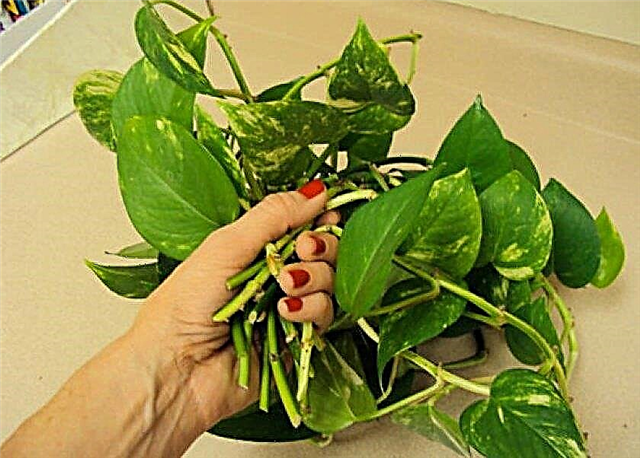
Support
Golden scindapsus is a fast-growing plant, so it needs support. To form a fluffy crown of a flower, you can use decorative arches or supports of various shapes. The stem of the creeper will beautifully encircle them, forming a lush crown of golden green leaves.
You can attach a metal frame to the wall with a pipe having side holes. The tube is filled with sphagnum and wrapped with bark, and the shoots of the scindapsus are directed into the holes so that their aerial roots receive additional nutrition. The plant begins to wander beautifully along the wall and completely covers the frame with its lush leaves. Without support, the branches of the scindapsus will simply hang down from the pot. It can look beautiful only if the pot with the plant is suspended from the ceiling in a pot.Did you know? Throughout the year, the scindapsus shoot can add up to 46 cm in length!

How to transplant
Young scindapsus needs to be transplanted annually. An adult plant needs this procedure every 3-4 years. The best time of the year for a flower transplant is spring.
For normal growth and preservation of decorativeness, a flower needs a nutrient substrate.
It should have the following composition:
- sheet land - 30%;
- coniferous land - 30%;
- peat - 25%;
- sand - 15%.
Video: Transplantation and formation of scindapsus
Transplantation of scindapsus is as follows:
- At the bottom of the flowerpot lay a layer of expanded clay or broken brick for drainage, which will prevent stagnation of water in the pot.
- Pour a little prepared soil into the drainage.
- Carefully remove the plant from the old substrate along with an earthen lump formed around the roots. Damage to the roots of the flower must not be allowed.
- Transfer scindapsus into a new pot and sprinkle soil on top.
How to propagate
Reproduction of scindapsus is not difficult even for a beginner grower. At home, growing a plant can be propagated by cuttings and aerial layering. In this case, the main condition is the creation of a suitable microclimate for rooting a new flower. Consider each of the listed methods of reproduction.
Cuttings
You can cut off cuttings from the mother flower for propagation at any time of the year. For best results, cuttings from the top of the plant are recommended.
Consider the step-by-step instructions for propagating a flower in this way:Important! To give the flower the shape of a lush bush, you can plant the rooted cuttings in a pot to the mother plant, if it is wide enough.
- Carefully cut the top of the plant with 2-3 leaves at an angle. Make a slice exactly under the node on the stem, from which the roots will subsequently grow.
- Treat the bottom of the cut off top with a root growth stimulator.
- Place the resulting shank in a jar of water or dig it into a moist soil consisting of a mixture of sand and moss.
- Put the handle in a warm place (at least + 22 ° C) with soft diffused lighting.
- When rooting in the ground, a plastic bag or a glass cap is put on the stalk. Shelter can be removed after 2-3 weeks.
- Watering is carried out as necessary so that the substrate does not dry out.
- After 20-30 days, when the roots are formed on the handle, transplant it into a permanent pot.
Video: Scindapsus propagation by cuttings
Layering
The shoots of golden scindapsus have numerous aerial roots, so the plant can be propagated by air layers.
A step-by-step instruction of actions with this method of reproduction is presented below:
- Prepare a small additional container filled with a mixture of wet sand and sphagnum. Put her near the pot with the vine.
- Select one of the lateral shoots of the plant and direct it to an additional container located nearby.
- Fix the shoot on the surface of the ground with additional capacity using a hairpin and lightly sprinkle it with earth.
- Keep the plant in a warm room (+ 22 ... + 24 ° C). When the soil dries, water the fixed shoot. At the place of its contact with the soil, new roots will grow, this process lasts 3-4 weeks.
- After the emergence of the roots, cut off the rooted shoot from the mother's vine and grow it in a separate container.

Growing difficulties
If you follow the simple recommendations for caring for a plant, he will not be afraid of diseases and pests. But if the growing conditions described above are violated, the appearance of the scindapsus may deteriorate.
Consider the possible difficulties associated with growing a flower:Important! To prevent these diseases, it is enough to adhere to the correct regime of watering the plant and keep it away from drafts.
- Shield, spider mite. These pests appear on the leaves of the flower if grown in a room with dry air. Pests are removed with a cotton swab dipped in soapy water. If necessary, the plant is sprayed with special insect repellents (Actellik, Fitoverm). To prevent re-occurrence, it is necessary to maintain indoor humidity at 60%.
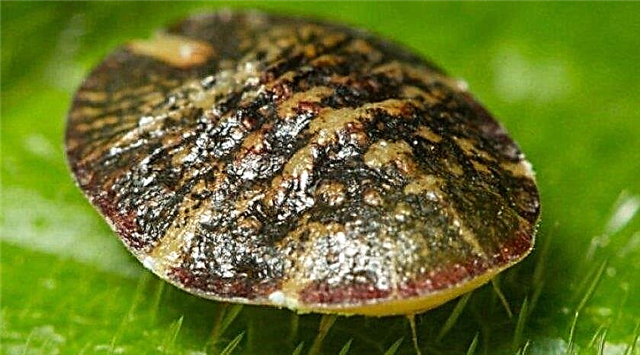
- Thrips and aphids. Damage the leaves of the plant and appear in rooms with very low humidity. Pests are removed manually with a cotton swab dipped in an alcohol solution. With a large number of insects, insecticide treatment is carried out.

- Root rot. It occurs when growing a flower in a cold room and waterlogging the soil in a pot. To save the scindapsus, you need to carefully remove it from the pot and trim the rotten roots. Then plant the plant in fresh soil, adjust the temperature in the room and reduce watering.

- Botritis. The disease has a bacterial nature and occurs with excessive watering of the plant. Manifested by yellowing and wilting of flower leaves. Yellowed leaves need to be removed and reduced watering of the scindapsus. The flower is treated with a solution of the drug Fitosporin-M.
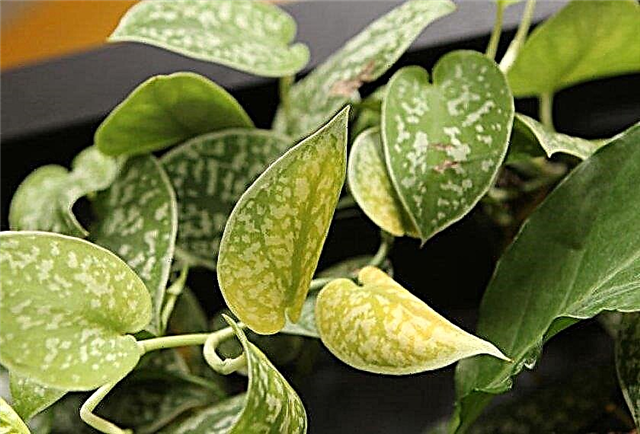
- Leaf fall. Occurs in low light or drafts. Sometimes, falling leaves may indicate insufficiently nutritious soil. The flower needs to be rearranged closer to the window, but not under direct sunlight. If necessary, apply a liquid solution of mineral fertilizers to the soil. Falling leaves on the lower part of the stem of an adult creeper is a natural process.
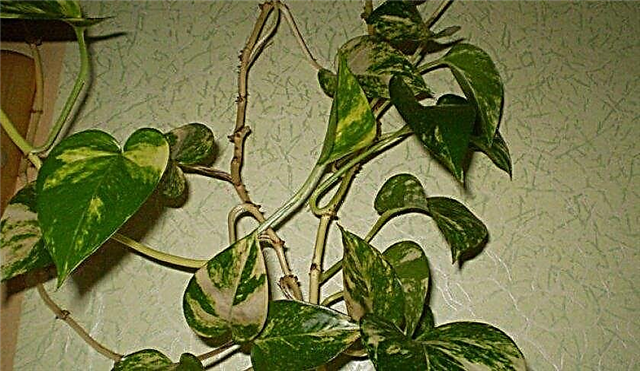
- Discoloration of leaves, the appearance of spots on them. Indicates excess light. Spots appear as a result of the flower being in direct sunlight. Scindapsus need to be moved away from the window.
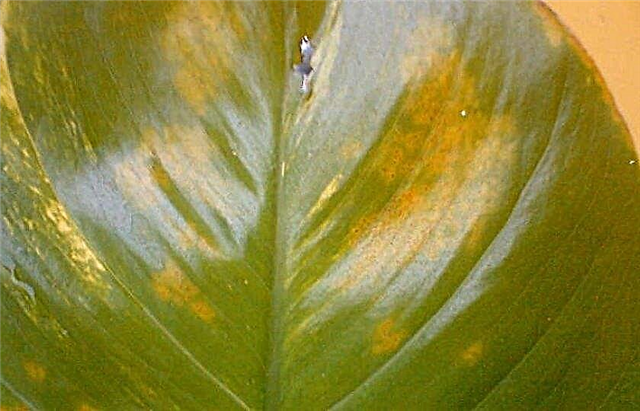
- Leaves dry at the edges and wrap inward. The reason may be watering the flower with not standing water, which contains a lot of salts. The problem is eliminated by transplanting a flower into a new soil and watering it only with standing water.

Home value
People call the golden scindapsus "husbands" - a plant that adversely affects personal life and leads to the departure of a man from the family. But the inhabitants of the East, on the contrary, believe that a flower relieves a person of laziness and sets him up for creative actions.
- The plant has a number of positive qualities:
- relieves stress and eliminates the tense atmosphere in the house;
- cleans the air of toxins and dust;
- kills pathogenic microbes in the air;
- saturates the air with useful organic compounds;
- The leaves of the flower have a beautiful appearance, so scindapsus is often used for landscaping offices and conservatories.

At the same time, scindapsus belongs to poisonous plants.
- Therefore, it has such negative properties:
- when it enters the mucous membranes of the oral cavity, the juice of the scindapsus causes a burning sensation and can provoke laryngeal edema;
- on contact with the skin, the juice of the flower causes irritation, so it is not recommended to grow it in rooms with small children and pets.
Golden scindapsus is one of the best plant options for shaded rooms. This decorative liana with golden leaves will decorate any interior and will not require laborious care.You just need to follow the simple growing recommendations described above and fix the problems in time.















